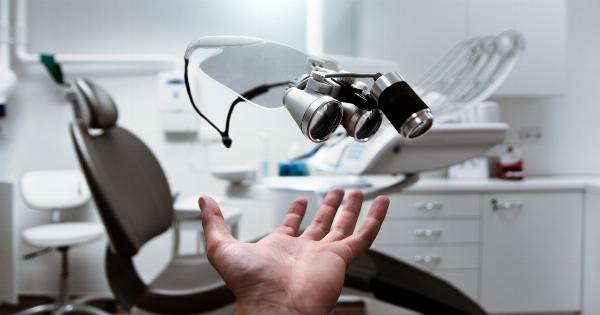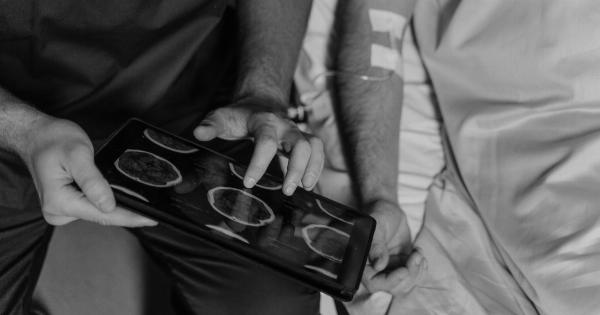The blood-brain barrier (BBB) is a highly selective membrane that separates the circulating blood from the brain and protects the central nervous system (CNS) from potentially harmful substances.
While the BBB is crucial for maintaining brain homeostasis, it poses a significant challenge for the delivery of therapeutic drugs to treat neurological disorders, including brain tumors. Chemotherapy drugs have limited penetration across the BBB, severely restricting their efficacy in targeting CNS tumors.
In recent years, ultrasound-assisted drug delivery has emerged as a potential strategy to enhance BBB permeability and improve the delivery of anti-cancer chemotherapy drugs to the brain.
Understanding the Blood-Brain Barrier
The BBB is composed of specialized endothelial cells, astrocytes, and pericytes. These cells together with tight junctions between the endothelial cells create a physical barrier that tightly regulates the passage of molecules into the brain.
This selective barrier prevents the entry of many drugs, including chemotherapy agents, and limits their effectiveness in treating brain tumors.
The Need for Improved Drug Delivery
Effective treatment of brain tumors requires the delivery of therapeutic agents across the BBB. Traditional methods of delivering chemotherapy drugs to the brain often result in inadequate drug concentrations reaching the tumor site.
This limited drug penetration has been a major obstacle in achieving successful outcomes for patients with brain tumors.
Ultrasound-Assisted Drug Delivery
Ultrasound-assisted drug delivery is an innovative approach that has gained attention due to its ability to temporarily disrupt the BBB and enhance drug penetration into the brain.
This non-invasive technique involves the application of low-intensity focused ultrasound waves to the targeted region in combination with the administration of microbubbles or nanoparticles.
Mechanism of Action
Under ultrasound exposure, the microbubbles or nanoparticles oscillate and expand and contract, leading to mechanical disruption of the BBB.
This disruption temporarily increases the permeability of the BBB, allowing drugs to cross into the brain parenchyma. The precise mechanisms underlying ultrasound-mediated BBB permeability enhancement are still being investigated, but it is believed to involve a combination of cavitation, acoustic streaming, and local tissue heating.
Advantages of Ultrasound-Assisted Drug Delivery
Ultrasound-assisted drug delivery offers several advantages over traditional drug delivery methods:.
- Non-invasive: Unlike surgical procedures, ultrasound-assisted drug delivery is non-invasive, reducing the risk of complications and improving patient comfort.
- Targeted delivery: Ultrasound waves can be precisely focused on the desired brain region, allowing targeted drug delivery and reducing potential off-target effects.
- Enhanced drug penetration: The disruption of the BBB by ultrasound increases the penetration of chemotherapy drugs into the brain, improving treatment efficacy.
- Reversible effect: The BBB disruption caused by ultrasound is temporary and reversible, minimizing potential long-term effects on brain function.
- Potential for combination therapy: Ultrasound-assisted drug delivery can be combined with other treatment modalities, such as immunotherapy or radiation therapy, to further enhance therapeutic outcomes.
Current Research and Clinical Applications
The application of ultrasound-assisted drug delivery in combination with anti-cancer chemotherapy has shown promising results in preclinical studies.
Animal models have demonstrated increased drug delivery across the BBB and enhanced tumor regression when ultrasound was used in conjunction with chemotherapy agents.
Clinical trials are currently underway to evaluate the safety and effectiveness of ultrasound-assisted drug delivery in humans.
These trials aim to establish the optimal ultrasound parameters, microbubble formulations, and timing of drug administration to maximize therapeutic benefits while minimizing potential side effects.
Future Directions
The field of ultrasound-assisted drug delivery for enhancing BBB penetration of anti-cancer chemotherapy is still relatively new, but the potential for clinical applications is significant.
Ongoing research is focused on optimizing ultrasound parameters, exploring new microbubble formulations, and developing ultrasound technology that can precisely target specific brain regions.
Further understanding of the mechanisms underlying ultrasound-mediated BBB disruption will also contribute to the development of safer and more effective drug delivery strategies.


























